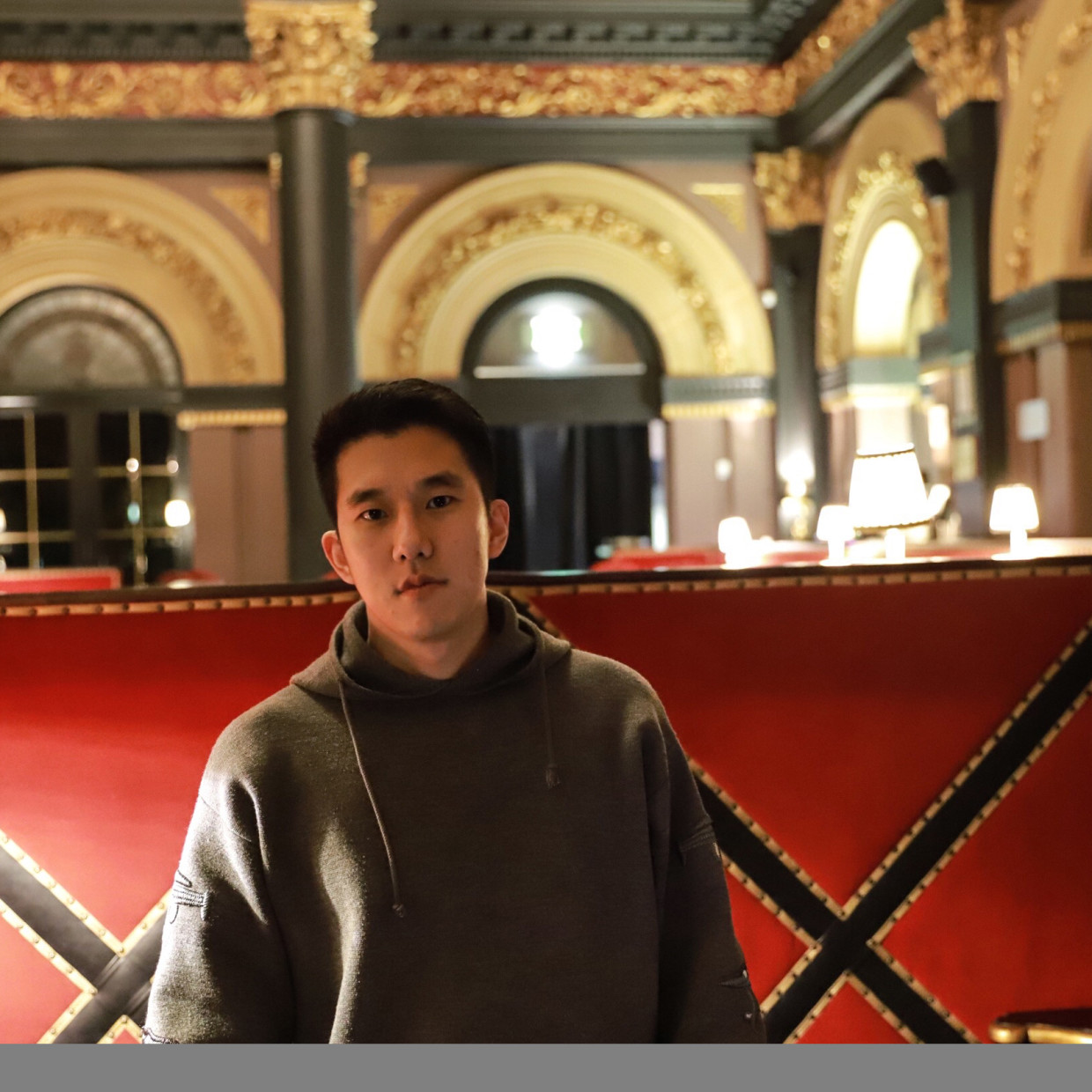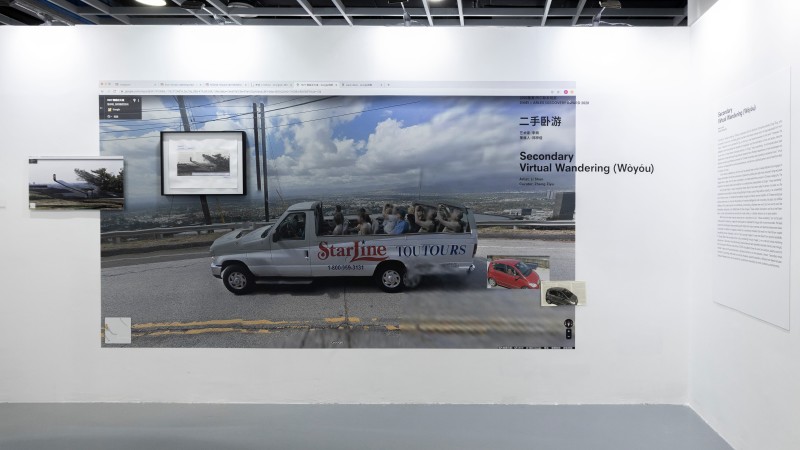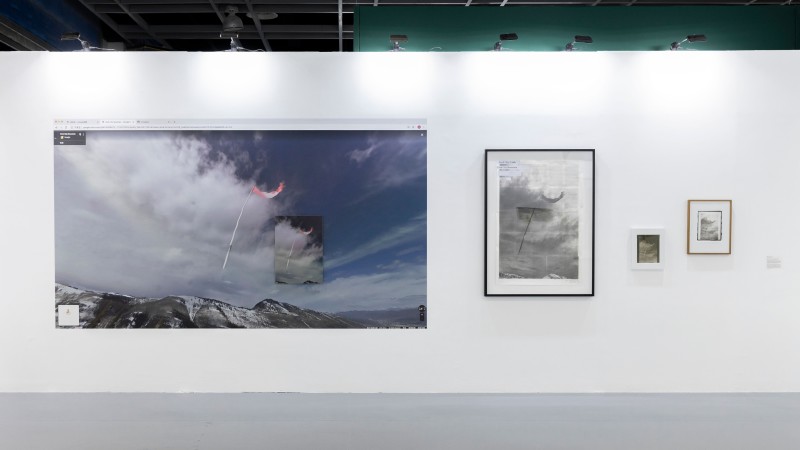Secondary Virtual Wandering (Wòyóu)
Artists: Li Shun
Curator: Zheng Ziyu
The idea of "virtual wandering" (woyou) originated with the Southern Dynasties painter Zong Bing, who conceived of it as a way of recalling great mountains and natural scenes when old age separated him from nature. "Clear the mind to glimpse the Tao, so that you may travel everywhere in the mind." However, this spirituality, which transcended the shackles of materialism and the restrictions of time and space, became a core value in Chinese literati landscape painting. In Zong's "virtual wandering", he reminisced about past experiences, but later literati paintings gradually departed from firsthand experiences of real landscapes and became more about just following schemas for Chinese ink painting and expressing a reclusive mood. "virtual wandering" was separated from previous experiences, and became a spiritual game in and of itself that relied on painting technique.
Li Shun studied multimedia art, and his work has always been a kind of media infiltration that engages in dialogue with tradition. He derives impressions of abstract ink painting from light trails captured in long-exposure images taken at night, which he them assembles to re-create well-known pieces of Chinese calligraphy. The Sketches of the Internet series in this exhibition is a contemporary interpretation of Zong's "virtual wandering".
Using Google Maps, Li enjoys wandering streets that he has never visited in person; he seeks out the unexpected and extraordinary: a scrap of flag floating in the sky, a pair of legs without a body, or an unidentified part of a blurry mosaic. In contrast to the aesthetic imagery and brush-and-ink tradition of Chinese landscape painting, street views on maps are the product of machine intelligence and computing. Big data and artificial intelligence (AI) supercomputers are ambitiously constructing a flawless new world, but we cannot avoid the dislocations, ambiguities, and deficiencies of these images. These sudden disruptions are like a brief flash-back, a subtle crack between the real and the virtual worlds, or a hidden entrance to an open system.
Street views have been used as resources for a long time, but Li's "virtual wandering" are not focused on the search for adventure, instead the techniques to duplicate the images after those encounters. He takes screenshots, photographs these renderings with digital and instant cameras, and sketches these street views. In particular, his sketches of negatives contain the unintentional mistakes that result from hand-drawn copies; he calls this process "sketching," but it is in fact copying images in a way that depart from physical sensibility. If Google Street View provides primary virtual wandering through images, Li re-constructs virtual wandering experiences-Secondary Virtual Wandering. Street adventures are repeatedly depicted, framed, and enlarged, then juxtaposed in different media. When COVID-19 suddenly threw the world into isolation, people could not wander in nature, and fundamental kinds of physical contact in our lives became a threat. "Secondary virtual wandering" is surprisingly well-suited to our times. However, quarantine isolation is different from literati reclusion. Spiritual emptiness cannot be smoothed into contentment; everything is merely a ridiculous performance.
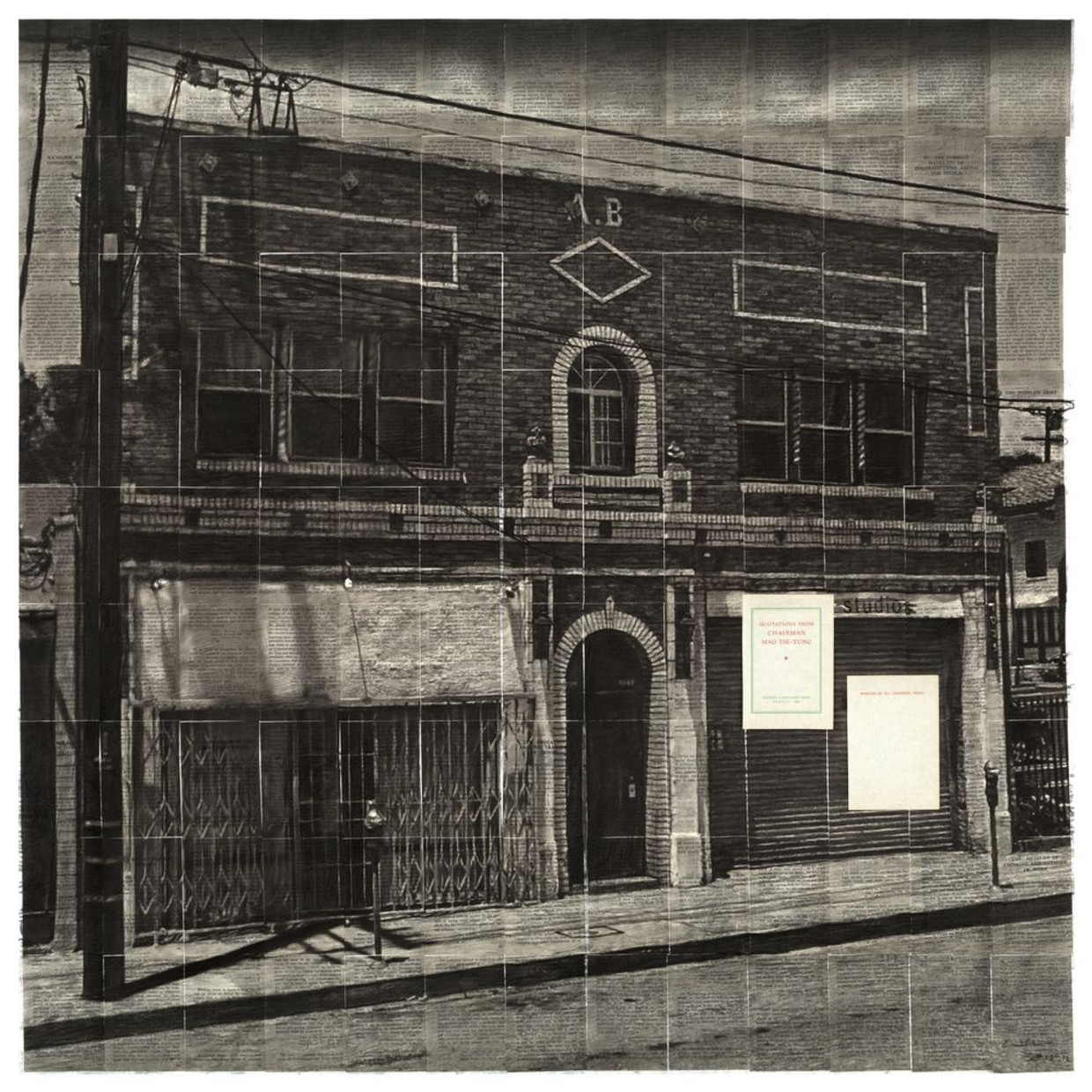
 passby-1.2019
passby-1.2019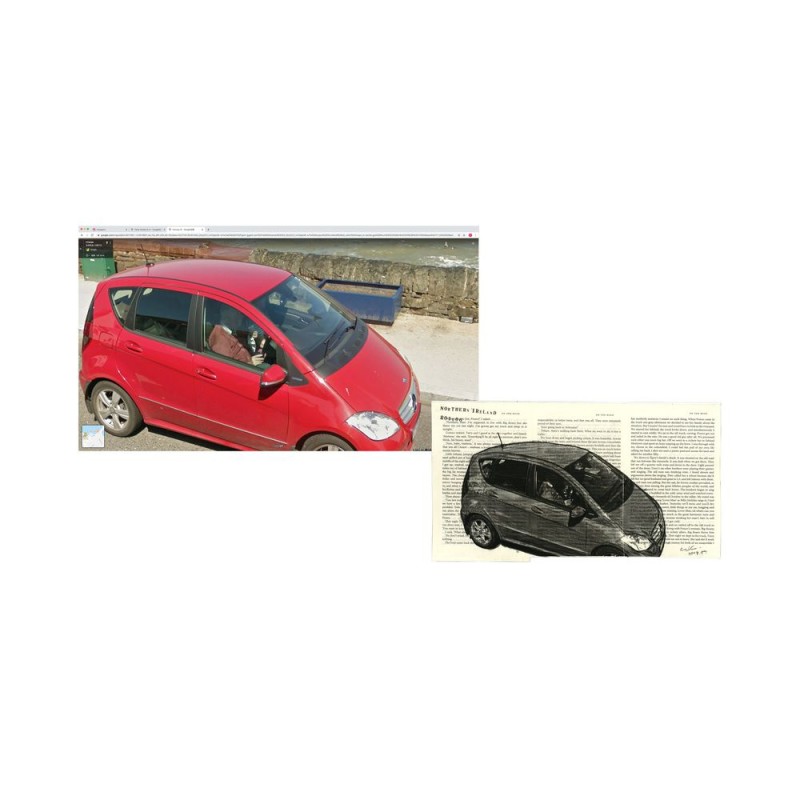 red car.2019
red car.2019 the Statue of Liberty, 2019
the Statue of Liberty, 2019